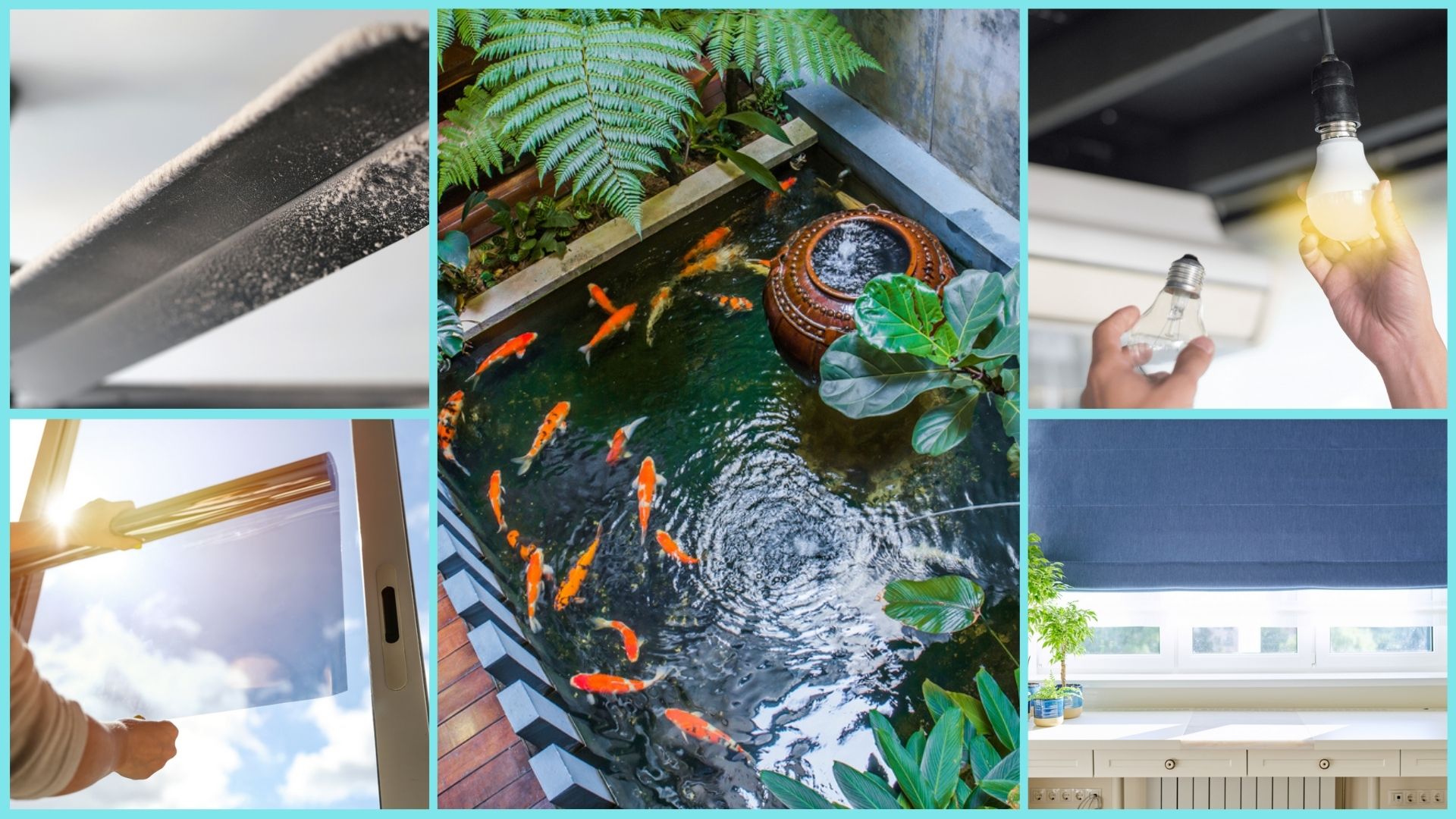Although we Malaysians are accustomed to living in hot, humid tropical weather all year long, some of us have found it more difficult to handle the uncomfortably high temperatures since March of this year. Due to the severe heat, several health issues have arisen among the public, including heat rash, heat cramps, heat exhaustion, and heat stroke.

As a result, it is important for the public to exercise caution when engaging in outdoor activities, particularly when exercising in the sun, and to stay hydrated by drinking enough of water. Those who choose to escape the sun entirely and remain covered indoors instead must be mindful of the potential for a large electricity bill!
The air conditioner is most people’s go-to for dealing with the heat because it is so efficient at keeping you cool. While it provides us with a great deal of convenience, we must be mindful of the issues that can occur if we leave it running for too long. Air conditioners are not only a source of expensive electricity bills due to the amount of energy they consume, but they are also a contributor to global warming, which is a serious environmental issue these days.
Instead of relying on the air conditioner to keep cool at home, why not try these simple tips! Who knows – they might be good for your money, your living space, and the environment.
1. Replace incandescent bulbs with LED bulbs

When electronic equipment generates energy, it produces heat, which contributes to the room’s temperature. This also applies to light bulbs. LED bulbs use far less electricity and produce far less heat than standard incandescent lamps, making them far more energy-efficient. As a result, if you’re attempting to cool down your room, modest changes like switching to LED lamps can help, while simultaneously lowering your electricity cost!
2. Install blinds or blackout curtain
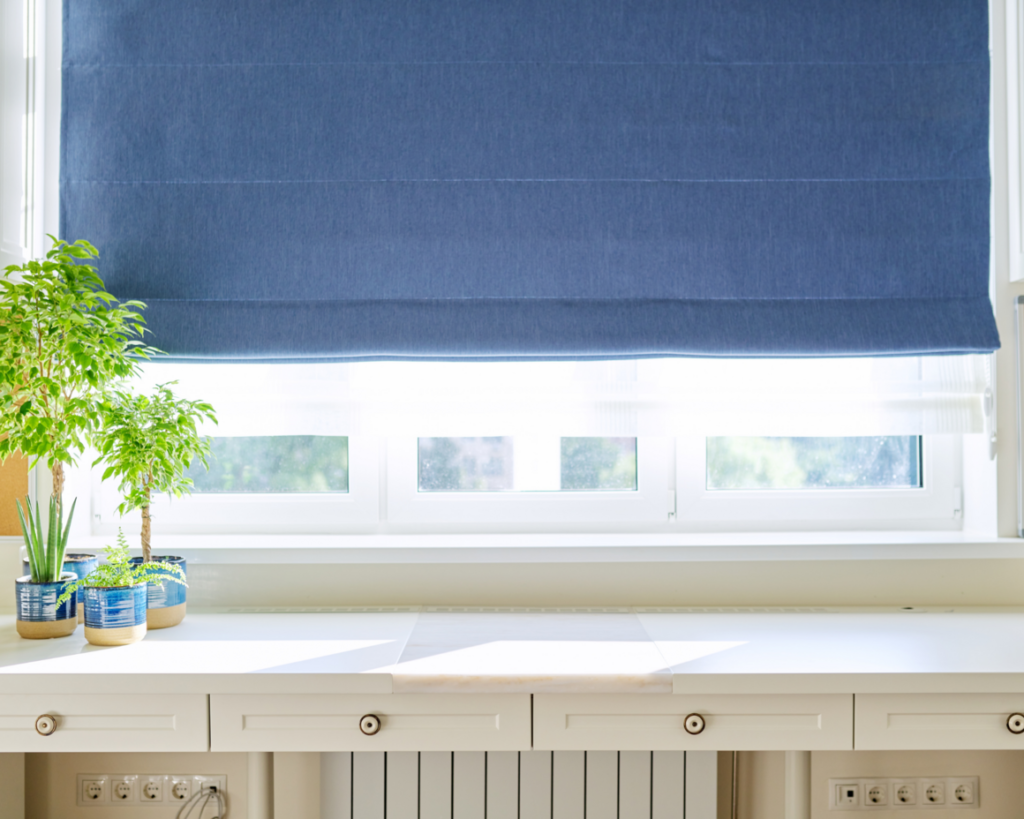
Although natural lighting from the sun may appear to be pleasant, sunlight flowing through the windows may raise the temperature of the room, especially if you have large windows that will trap heat in your home. One of the most efficient ways to keep direct sunlight from heating up the air is to use blinds and blackout curtains. If you’re going out for the day, remember to close the blinds before leaving so you may come home to a cooler environment.
3. Stick tint film on windows
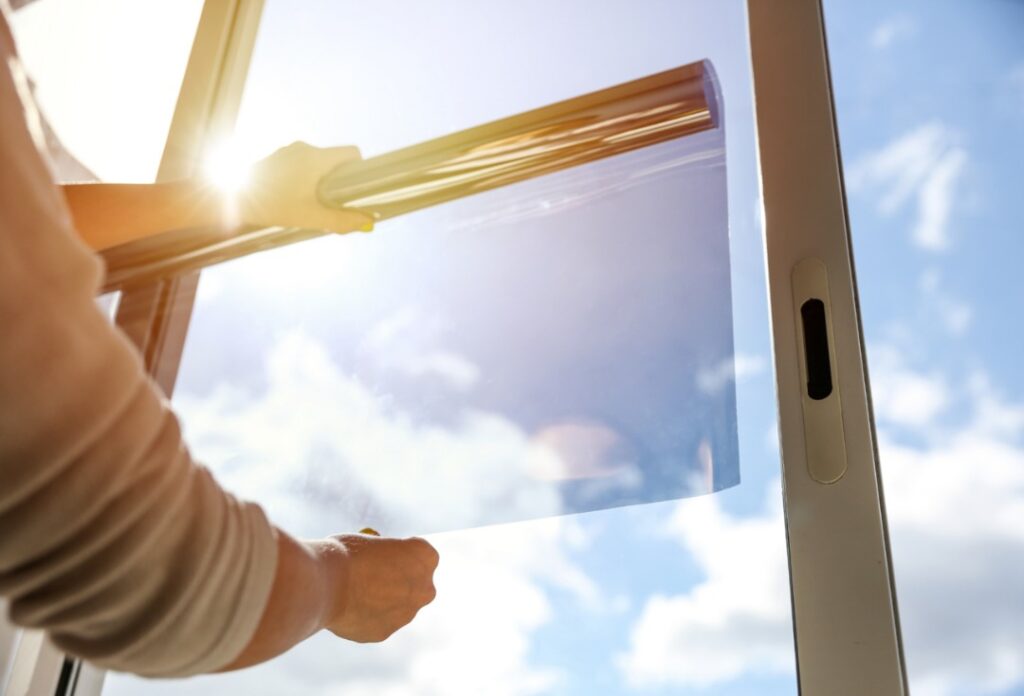
Although curtains are a simple and effective solution to filter harsh sunlight, many people do not want to spend their days in a dark environment. Tint films are another way to lessen heat from the sun while maintaining natural light. Window films, in general, reflect heat to prevent overheating. There are tint films on the market that are specifically designed to protect against UV radiation, allowing the house to be kept at a lower temperature.
4. Natural cooling system with a water feature
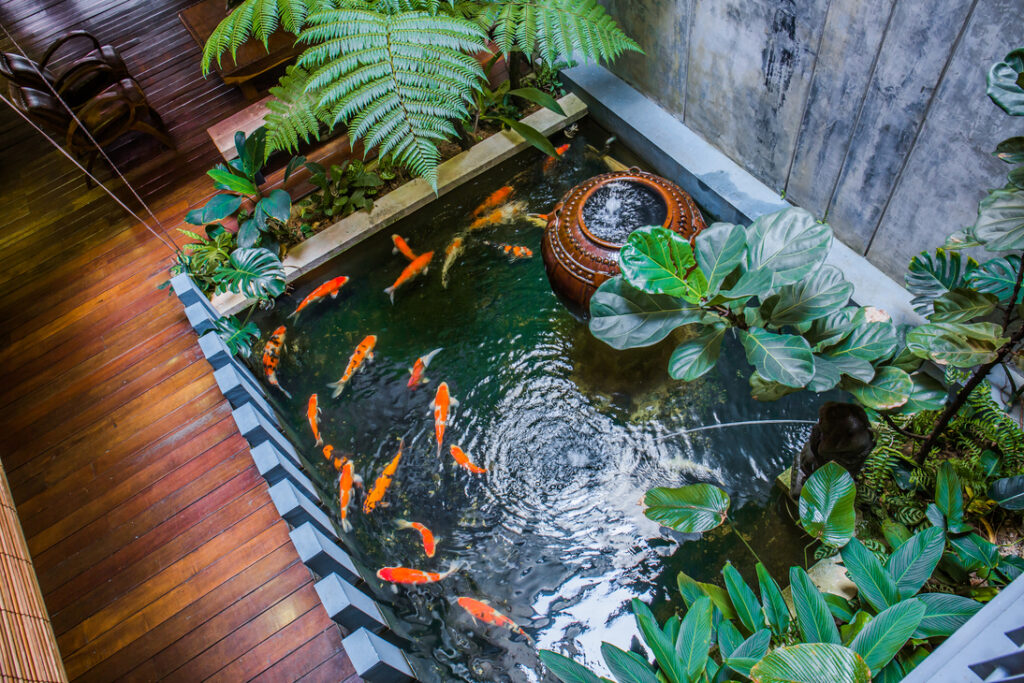
Water features have grown increasingly popular in recent years since they not only provide a natural and energy-efficient cooling system for our living spaces, but they also create a calming and serene environment thanks to the soothing sound of running water. Water improves air quality by adding humidity to the living space while also chilling the air around the water feature. These advantages, however, will be short-lived if the water element is not properly designed or maintained.
According to Mr. Koo Zao Cheong, Waterco’s Regional Business Development Manager, if all of the proper equipment is chosen and installed correctly, the water will flow smoothly with minimal maintenance in the future. He also mentioned that the size of the pump is one of the criteria that determines the success of a water feature. It’s critical to match the water pump to the design of the water feature because this will ensure that the water runs smoothly without splashing all over the place. Water filtration is also necessary to keep the water clean and sanitary, particularly for people who want to keep fish in their water feature. This is to avoid odours and reduce the amount of maintenance required.
5. Wipe your ceiling fan(s) regularly
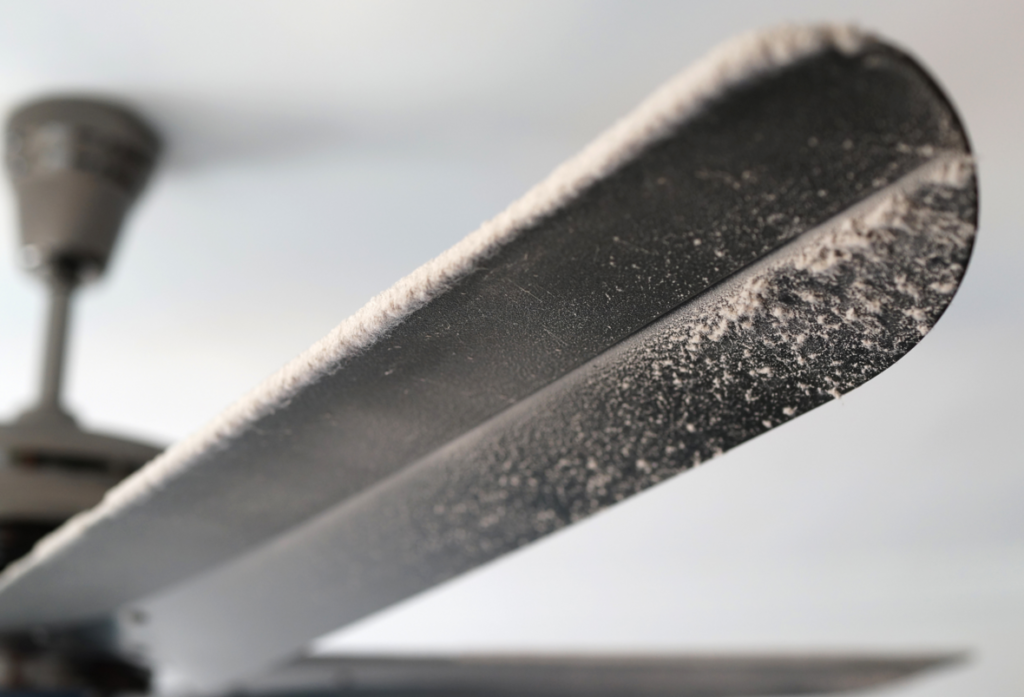
Did you know that the thick coating of dust on our ceiling fan is one of the most important factors affecting the fan’s cooling ability? We understand that climbing to the top of the ceiling fan to clean the dust is exhausting, and we will probably just clean it once a year during spring cleaning. The dirt on the fan is not only unsanitary, but it also causes the fan to slow down because it takes more energy to run. You’ll notice a change if you start dusting your ceiling fan on a regular basis!
More on the environment? Read this:
World Environment Day; Let’s Make Big Differences with Small Actions at Home

